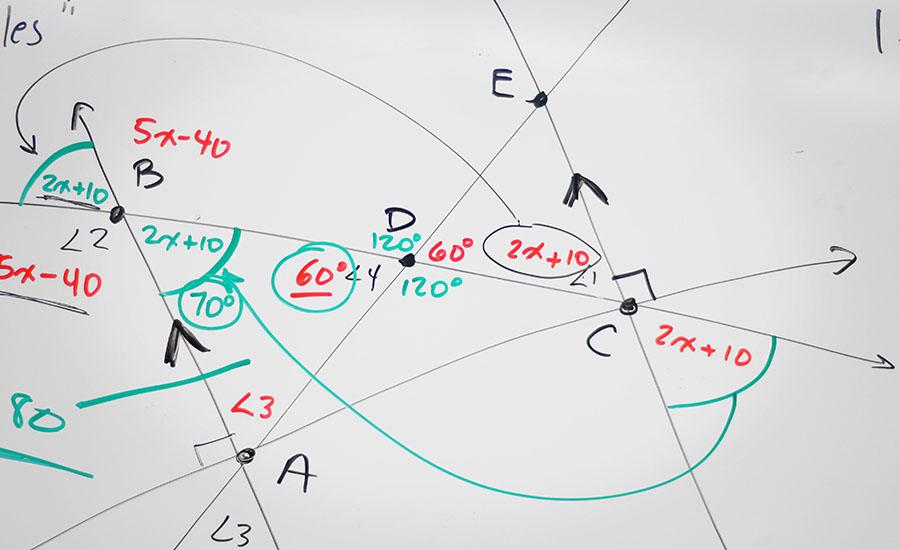
In this hands-on lesson, students will explore the water cycle and learn how it works. Students will be able to make their own model and observe the water cycle in class. They create an art piece and

This lesson is part two of evidence of the big bang theory. Students investigate red shift and blue shift and how it supports the expansion of the universe. They will complete an online simulation

In this lesson students will identify the four seasons. They will then explore how trees change with the seasons and how that impacts what humans wear and act. Students will also count to four and

In this lesson kindergarten students will explore their 5 senses and determine how they can be used in the garden. There is a literacy integration and nature walk within the lesson along with

Designed for three hour-long STEAM Club meetings for scholars from kindergarten - fourth grade. This lesson plan can also be used for fifth-seventh grade scholars. Scholars will learn about

This is an introductory lesson that focuses on kinetic energy, the energy of motion, potential energy, the energy of future motion, their relation to each other, the effect of Earth's gravity on an

Students design and build air powered gliders in this engaging lesson. This is a fun way to teach and apply principles of force as they apply to flight including lift, gravity, thrust, and drag

This lesson explores the role of pollinators in flower reproduction and provides examples of pollinators and flower characteristics that attract pollinators. This is the 2nd lesson in a series of 2

This lesson explores the parts of a flower, the importance of flowers, how flowers grow, and the process of pollination. Students are actively engaged as they learn about flowers and discover flowers

This STEM lesson is designed to explore electrical circuits and engage in a hands-on activity to create, label, and identify the differences between parallel and series circuits. Students will develop

Aerospace to Sports explores the concept of how aerospace engineering has impacted sports, specifically exploring the design of golf balls. Students learn about how the industry employs engineering

Students will set off and observe Wack-a-Pack. Then students will create their own version using Alka Seltzer tabs, water, balloons, and Ziploc bags. They will explore effects of pressure on

An exploratory lesson on the relationship between pi and circumference. The students can measure the circumference of everyday items and explore the ratio of pi between the circumference and diameter

Students will ask questions to obtain information about the purpose of weather forecasting to prepare for, and respond to, severe weather.

This lesson plan is designed to allow students to express their creativity while applying science, technology and math concepts by designing their own dream house.

This is the second lesson plan that goes with the series of four lesson plans for the book Song for a Whale by Lynne Kelly. This lesson focuses on vibrations, sounds, and music. The final project is

This lesson includes activities to help build equitable background knowledge before reading the book A Song for a Whale by Lynne Kelly. These activities include setting up science notebooks, building

Bridge Design Challenge For this design challenge, each group will build a bridge out of 200 popsicle sticks and 1 bottle of Elmer’s glue. The bridge will span a 12 inch gap between tables. After the

Students will make clay pucks. Fire clay pucks and put into various fibers, materials, paper while still hot to see the effect of thermal shock on clay and the design each of the different materials

This lesson includes literacy, math, and art about snowflakes. Within math, students will dive into an analysis of angles within a common snowflake. Students will listen to an informational text about

This first grade lesson includes the life cycle and survival of a seed. Students will participate in observing the life cycle of a seed, asking questions, writing about the life cycle, and listening

Students use magnets to investigate how unseen forces can act on an object. Students explore with magnets and work to design an investigation and create a model and explanation for how forces act on

This lesson introduces the big bang. Provides exploration into cosmic background radiation and expansion of the universe. It also introduces red shift.

Students will explore weathering of solid rock and how it changes over time. They will use a sugar cube to represent the rock and test the effects of a rock at the top of the mountain and what occurs
